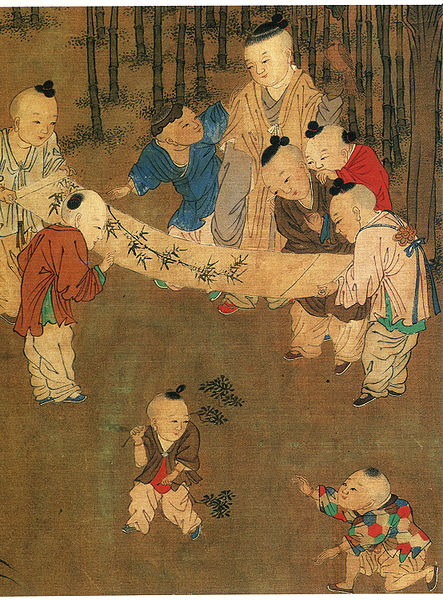Playing Well with Others Part 1: Playing with the Boundaries Between Marketing and Design
Many believe creativity is being taught out of us as we go through school. The trend is associated, in part, with limitations on play, often due to overprotection. But in certain special places this is changing. In certain places design is being used to foster play's organic emergence.
Sometimes I actually choke up a bit watching this TED talk. That seems to be a common reaction to something simultaneously so true, important, wanting and demonstrably possible. The adorable children also help.
The solution isn't just a matter of not crushing the big dreams of little children. There are also things we can do to how schools come across. One of the main design features at work is an openness that facilitates freedom—freedom to wander, to get dirty, to experience danger, to help each other. What "comes across" to the children has less to do with a message per se and more to do with permission to be themselves, which is the purpose of the design.

Sometimes I actually choke up a bit watching this TED talk. That seems to be a common reaction to something simultaneously so true, important, wanting and demonstrably possible. The adorable children also help.
The solution isn't just a matter of not crushing the big dreams of little children. There are also things we can do to how schools come across. One of the main design features at work is an openness that facilitates freedom—freedom to wander, to get dirty, to experience danger, to help each other. What "comes across" to the children has less to do with a message per se and more to do with permission to be themselves, which is the purpose of the design.
When CEO of Starbucks, Howard Schultz, describes "cracking the code" of the new rules of marketing engagement he emphasizes the importance of "understanding how to create an opportunity for people to feel pride, a sense of discovery, that they want to share this with someone they care about." That's exactly what this kindergarten designed by Takaharu Tezuka does for children.
Is it a form of marketing engagement? Put another way: are these children like little target audience members jumping at the chance to participate in the freedom and fun offered by an ongoing value-creation process akin to marketing? Regardless, we can see from the overlap that design and marketing are braided if not fused together. So are fun and learning. Play is the common thread.

By playing with boundaries—between classrooms, for instance, and between outside and inside—this kindergarten shapes the exploration of children in a purposeful, flexible way. This kind of audience-focused, bottom-up approach to participatory creativity is one area where we could learn from what might be the surprisingly thin boundaries between marketing and design.
Comments
Post a Comment